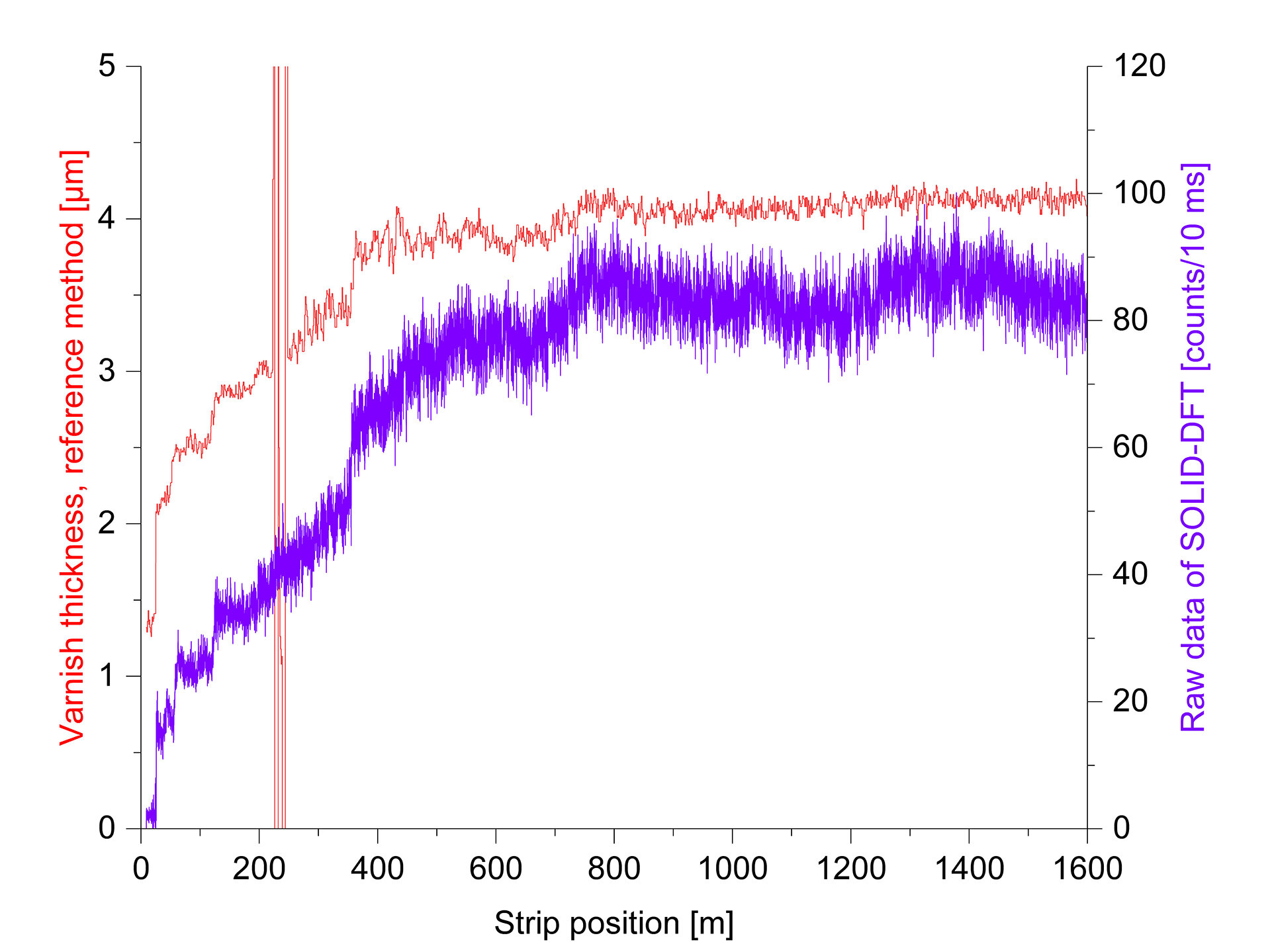According to a report by Grand View Research published in October 2021, “The global electrical steel market size is expected to reach USD 34.3 billion by 2028. […] The market is expected to expand at a CAGR (Compound Annual Growth Rate) of 4.9 % from 2021 to 2028. The growing need for power generation has augmented the demand for transformers, generators, and other such products that require electrical steel to deliver enhanced performance.”
There are various reasons that count for this growth perspectives. As the demand for electric vehicles (EVs) grows, so does the demand for electrical steel, which is a crucial component in the production of EV motors. This trend is expected to continue in the coming years, substantially driving the growth of the electrical steel industry. Electrical steel is also used in the production of energy-efficient appliances such as refrigerators, air conditioners, and other white goods. As consumers become increasingly environmentally conscious, the demand for these types of appliances is expected to increase, too. The growth of the renewable energy sector is expected to drive the demand for electrical steel substantially in the production of generators and transformers. Additionally, the increasing demand for electrical power in emerging economies is also expected to fuel the growth of the electrical steel industry. As Grand View research stated: “Asia Pacific accounted for a revenue share of over 71 % in 2020 of the global market. Focus on rural electrification in developing economies of the region is expected to augment the need for transformers and eventually consumption of electrical steel in coming years”.
These growth perspectives are driving forces for new manufacturing techniques and improvements in the properties of electrical steel especially, which require modern quality assurance methods and systems.
The insulating layer – the quality makes the difference
Pigment-based electrical steel coatings (core plate varnishes) have two main functions. Firstly, they provide electrical insulation, which is essential to prevent current leakage or arcing between different layers of transformer sheet. This ensures the safe and efficient operation of electrical equipment. Secondly, these varnishes provide a protective layer on the surface of electrical steel, helping to prevent corrosion and rusting. This is important for electrical steel, which is often used in harsh environments that can be corrosive.
Additionally, there is also the function of full-surface bonding of slats using so-called baking varnishes. The process involves applying a not fully hardened varnish to the surface of the electrical steel, which is then cured at high temperatures to create a durable bonding between the different slats. This reduces the losses associated with eddy currents and hysteresis, which can cause heating and energy waste.
Consequently, the determination of the coating layer thickness and its changes and deviations from specified values over the entire strip length is a quality feature that has a decisive influence on the profitability of the producer.
Growing demands – new technology for insulating layer determination: EMG SOLID®
The thickness of the insulating layers typically varies between 0.5 µm and 10 µm, depending on the specific type of coating and the end application. Both the thickness and the homogeneity of the insulating layers are decisive quality factors for electrical sheets. As described in an earlier news article EMG is adapting it’s well known solution for oil layer measurement EMG SOLID® to the quantitative determination of insulating layers on electrical sheets. Recent investigations on electrical sheet samples of a leading electro-sheet producer with the EMG SOLID® LIF underlined the feasibility of the laser-induced fluorescence measurement method for this quality assurance task.
The figure shows a comparison of a classical coating thickness measurement with an isotope measuring device (EMG iTiM iso) with the raw data of the laser-induced fluorescence measurement with EMG SOLID® LIF over the strip length for a typical insulating coating type. The good correlation between the two methods is clearly visible.
Challenges
It should not be overlooked that this measuring method, like any other, is also influenced by interfering factors from the production process. On the one hand, this concerns the surface roughness of the material and possible contamination of the surface by annealing residues, which can influence the measurement signal. These influences can be compensated for by using a measurement before the coating process starts.
Such influences and the corresponding compensation methods are currently being integrated into the EMG SOLID® sensor technology and analysis software for electrical sheets and made usable for industrial use under the type designation EMG SOLID® DFT.
Meet, test, and see in Duesseldorf!
We are therefore very pleased to be able to demonstrate a genuine EMG SOLID® LIF measuring system for electro sheet coatings in live operation on the basis of material samples at this year's METEC fair from 12 - 16 June in Duesseldorf, Germany. Please feel free to make an appointment with us in already today. (METEC microsite)
Further info:
For more information on EMG SOLID®, please visit the EMG homepage.
